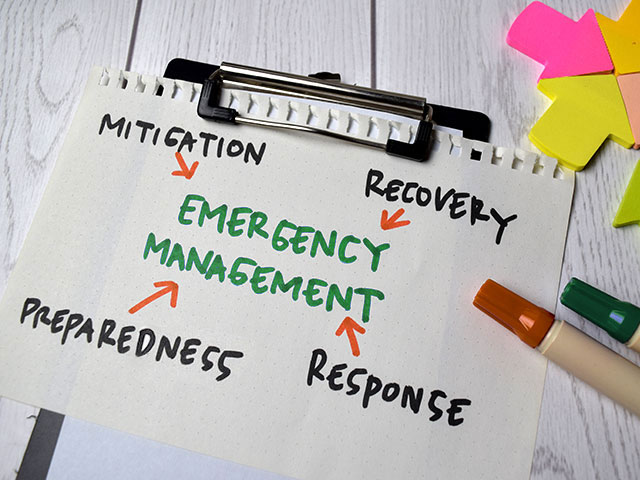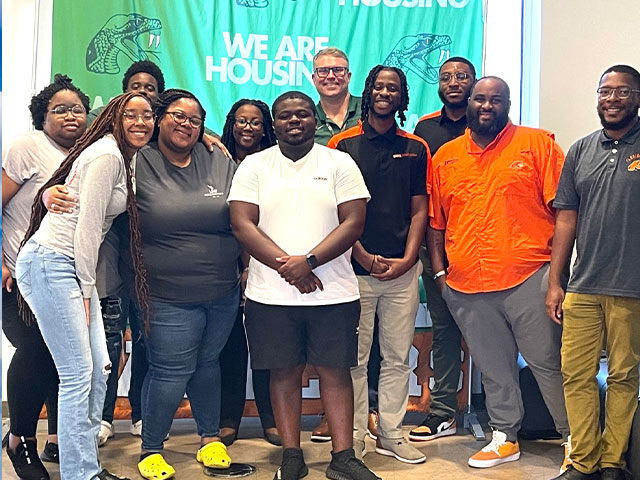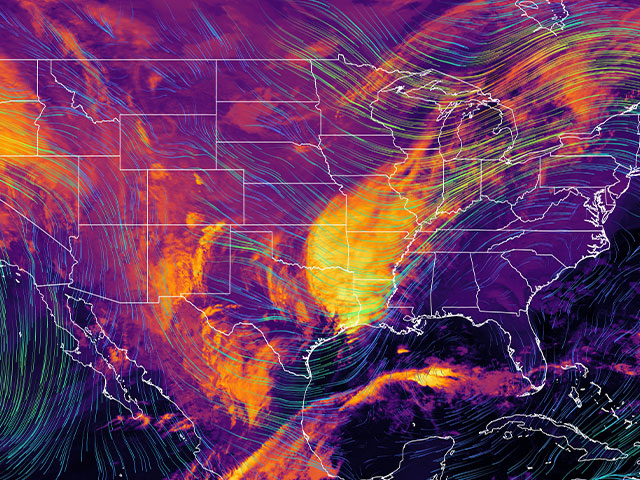Emergency Management
Our mission is to coordinate and facilitate Florida A&M University’s emergency preparedness, response, recovery and mitigation activities to protect our students, faculty, staff, resources and infrastructure in order to maintain or restore university operations.
What We Do
FAMU’s Department of Emergency Management is responsible for the following:
- Develop and maintain the FAMU Comprehensive Emergency Management Plan
- Develop, plan, and evaluate emergency exercises
- Emergency Operations Center Management
- Provide training for individuals that have emergency management roles and responsibilities
- Provide the university with preparedness information
More Resources
All-Hazards Emergency Management Training
Sign Up for Trainings
- Center for Domestic Preparedness (CDP)
- National Center for Biomedical Research and Training / Academy of Counter-Terrorist Education (NCBRT)
- Texas A&M Engineering Extension Services (TEEX)
- Counterterrorism Operations Support (CTOS)
- National Disaster Preparedness Training Center (NDPTC)
- Cybersecurity & Infrastructure Security Agency (CISA)
- FEMA - Emergency Management Institute (EMI) Course | IS-363: Introduction to Emergency Management for Higher Education
- FEMA - Emergency Management Institute (EMI) Course | IS-100.C: Introduction to the Incident Command System, ICS 100
- FEMA - Emergency Management Institute (EMI) Course | IS-200.C: Basic Incident Command System for Initial Response, ICS-200
- FEMA - Emergency Management Institute (EMI) Course | IS-700.B: An Introduction to the National Incident Management System
- FEMA - Emergency Management Institute (EMI) Course | IS-800.D: National Response Framework, An Introduction
- Full List of Training
Helpful Links
- FEMA.gov
- Plan Ahead for Disasters | Ready.gov
- Make an Evacuation Plan | Florida Disaster
- Plan & Prepare | Florida Disaster
- Preparing for the Hurricane Season | Florida Disaster
- County Emergency Management | Florida Disaster
- Emergency Management Plans
More Resources
Emergency Management Internal Partners




















